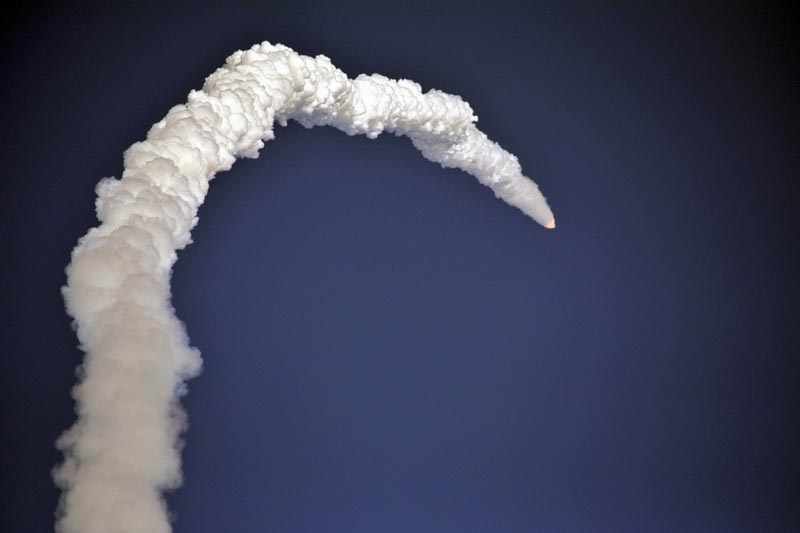India successfully launches heavy lift rocket
Updated: 2014-01-06 08:08
(Xinhua)
|
 Indian Space Research Organization (ISRO)'s Geosynchronous Satellite Launch Vehicle (GSLV D5) with an indigenous cryogenic engine carrying GSAT-14 communication satellite lifts off from the Satish Dhawan Space Center in Sriharikota, Andhra Pradesh state, about 110 kilometers (69 miles) northeast of Chennai, India, Sunday, Jan 5, 2014. [Photo/icpress.cn] |
NEW DELHI - India Sunday successfully launched its first heavy lift Geosynchronous Satellite Launch Vehicle (GSLV) D5 using indigenous cryogenic fuel technology, after two previous failures.
The launch is widely believed to be a great boost to the country's rocket and outer space technology and its international prestige in the field.
The white rocket blasted off the Satish Dhawan Space Center in Sri Harihota, southeast India, at 16:18 p.m. local time and successfully boosted a 1,982 kg communication satellite, GSAT 14, into the geosynchronous track.
This launch is also crucial for the launching of manned missions into outer space and other space projects, as well as for seeking international market share for satellite launch, said officials of the Indian Space Research Organization (ISRO).
It can also be very useful for defense purposes, said the officials.
The launch was ISRO's second attempt at deploying indigenously developed cryogenic upper stage fuel technology for its heavy lift rockets, after the first attempt on April 15, 2010 ended with the cryogenic third stage of the GSLV failing to fire. A second attempt on August 19, 2013 was aborted as well.
The cryogenic technology enables rockets to place satellites weighing more than 2,000 kg in geosynchronous orbits in space which is known to be available to only five countries in the world -- United States, Russia, Japan, France and China.
Indian space scientists have been working on the cryogenic fuel technology for nearly 20 years, according to Indian Express daily.
ISRO had tried to source the technology in the 1990s from the United States but was denied the "strategic technology" in the aftermath of its nuclear tests in 1998. ISRO subsequently worked with seven cryogenic engines provided by Russia for early development of the GSLV program while working in parallel on its own cryogenic stage for the rocket.